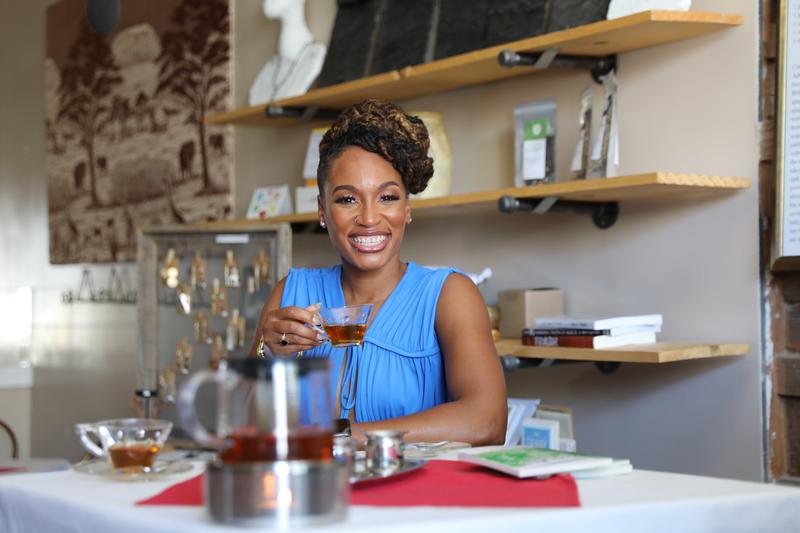Black travelers are exploring more than ever and a documentary is spotlighting the billion-dollar movement and Green Book locations.
Source: National Geographic for Disney / Victoria Donfor
Black Travel Across America is highlighting historically listed Green Book locations via its host, award-winning travel consultant, and President of the Black Travel Alliance, Martinique Lewis.
Throughout the documentary that’s streaming on Disney+ and Hulu, Lewis embarks on a journey to visit historically listed Green Book locations as well as modern Black travel destinations.
She interviews experts to give the locations historical context and shines a spotlight on hidden gems.
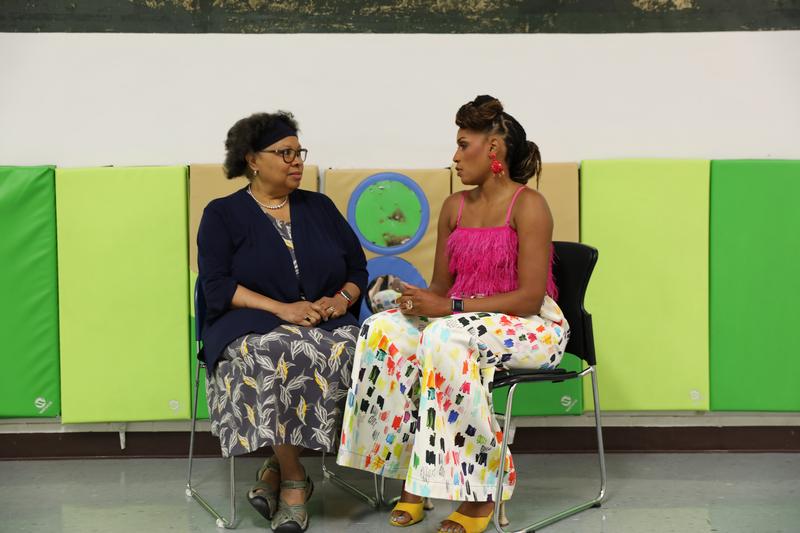
Source: National Geographic for Disney / Victoria Donfor
She also represents the Black Travel Movement that’s disrupting the travel industry by flipping the underrepresentation of Black people in the travel sphere and encouraging travel to locations usually not marketed to African-Americans.
Below the gifted globetrotter tells BOSSIP about Black Travel Across America and her journey from penning the ABC Travel Greenbook to hosting this exploratory documentary.
How did your start as a Black traveler lead you to where you are today?
So I’ve been a traveler since I can remember, but what happened was I started to notice all of these beautiful Black photos through Travel Noire. And this was, I don’t know, back in 2011, 2012. Travel Noire was one of the first people to show Black luxury travel. So you would see Black people in Cappadocia with the flying balloons in the back, or you would start to see Black people in the Maldives, or you would start to see Africa shown in such a great light like in Kenya, Lamu, Kenya or in South Africa. And this is the first time we’re seeing ourselves reflected, looking amazing, being absolutely fabulous, having the same type of money that white people have to spend, even though we’re never seeing these images on a larger scale.
So once I learned about Travel Noire, I’m thinking, “Well, I travel all the time.” And then I started to work with a company called Black Travel Journey, and that was in 2017. And Black Travel Journey was my first introduction to really be able to cultivate minds because I was running the social media and I was the director of partnerships. So not only was I being able to cultivate minds of new Black travelers who were coming, or Black travelers who had already been traveling, but now I can cultivate the minds of the industry to let the industry know Black people are out here, we’re traveling and here are the photos to prove it. But not only that, here are the comments that lets you know the reason why your destination is doing so well is because a Black person went there and they posted this photo and they got other Black people interested in going.
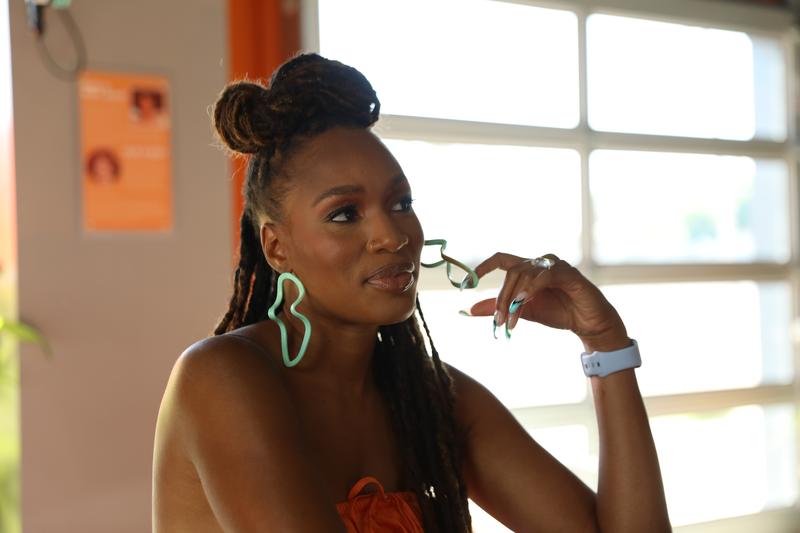
Source: National Geographic for Disney / Victoria Donfor
And so Black Travel Journey then led me on another journey where I created the ABC Travel Green Book and I pitched it and I won the New Voices competition, which a lot of people might know. But the New Voices campaign was a campaign put out to help Black entrepreneurs, and I won that competition. So then I started on my own journey and then that’s what led me to now Nomadness, where Evita Robinson, who is literally the mother of Black travel, she started the first Black travel group, she allowed me to use her platform to share Black travel history. And this was something that had never been done before. So every February I will go through all of these facts, 28 Days of Black Travel Facts, and this is where we’re talking about the Pullman Porters, we’re talking about Victor and Alma Green, we’re talking about Nicodemus, Kansas, we’re talking about Chicken Bone Beach.
And I’m letting all these people know this is our history, even though nobody has ever shared it. And people were like, “Wow, we never knew because nobody told us that there was a Black-owned airport in Columbia, Maryland. Nobody told us that there used to be this Black-owned airlines out of Atlanta, Georgia.” But I was telling people these facts. And so once she allowed me to do it, I then broke off into my own thing and continued those stories. So I’ve really been fortunate to not only build a name for myself in the Black travel space, but in the travel space in general because of the information and the passion I have for Black travel in general.
Absolutely, and I’m glad you brought up the ABC Travel Green Book. Congratulations on your success with that.
Thank you.
I think it’s so interesting that there’s this time with Black Travel Across America because you are visiting real-life Green Book locations in the US. Can you break down to our readers what that really means? What are the Green Book locations?
The Negro Motorist Green Book is a travel resource that was created for Black people from 1936 to 1966 by Victor and Alma Green. And the reason it was created was because Black people could not travel up and down Route 66 safely without knowing where to stop. They did not have the privilege of just pulling up into a Holiday Inn and saying, “Hey, I would like to buy a room for a night.” Because a lot of people were racist, they would be discriminated against. So either they would price gouge them, a white family would come in, they would charge them $30 a night, they would charge a Black family $330 a night, or they would completely try to run them off and literally try to harm them to a point where they could literally lose their life when driving the highways and byways.
So Victor Hugo Green gave us this amazing resource that allowed you to know where you could stop as a Black traveler, where there was a hotel that was Black owned where there was a guest house that was open for Black travelers, what service stations would service you if you were Black, where you can stop and get food. A lot of people don’t realize shoebox lunches come from the fact that we could not stop, we had to drive throughout the night. That’s why we had the fried chicken because fried chicken is either good, whether it’s hot or cold. So you have to have these things to help you when you were traveling to see your family from Tennessee and travel out to California. So Green Book locations where the places where African Americans could stop and be safe when they were traveling the highways.
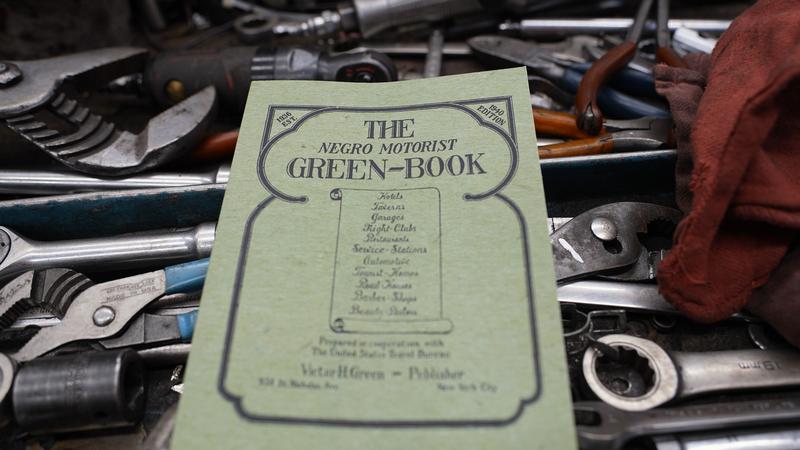
Source: National Geographic for Disney / Victoria Donfor
Hit the flip for more from our Martinique Lewis interview!
Tell us about some of the Green Book locations that you visited in Black Travel Across America and about the Black businesses spotlighted.
Right. So one of the main reasons that I was chosen before this is because I created my own Green Book in 2020, which helps you locate Black-owned businesses and Black communities across six out of seven continents. So what we did was we took the old Green Book locations and then we took any Black-owned businesses that were in my Green Book in that same location present day. So you will see, we went to Five Points District in Denver, Colorado where we stopped at my great uncle’s places where there is still a theater there. So that was his theater. There is a hotel that was on that same block. He also had a liquor store that was on that same block.
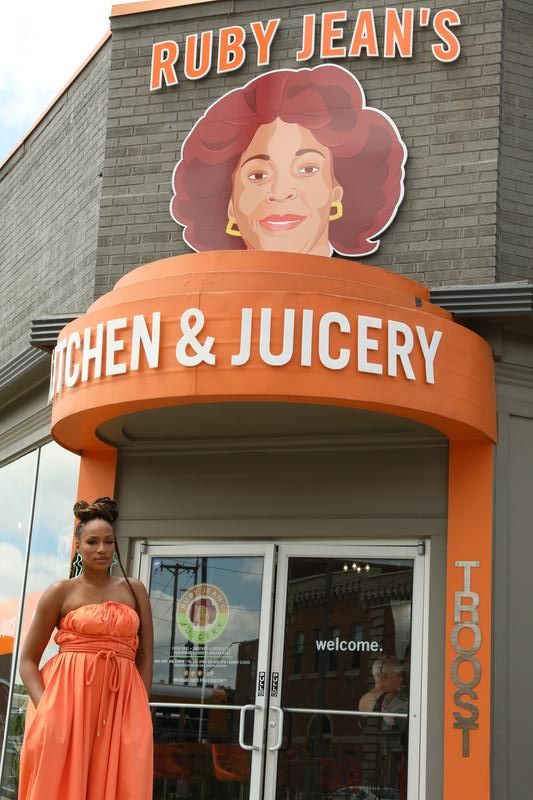
Source: National Geographic for Disney / Victoria Donfor
But then we go around the corner to the present day where you find TeaLee’s Tea Shop, which she is in my Green Book, but she specifically positioned herself there because there wasn’t any African Americans in this historically African American neighborhood anymore. So she wanted her presence to be felt and she wanted to continue the legacy. So you’ll see places like that. We went to Harlem, which everybody knows there’s a rich Black history there because of the Harlem Renaissance. But you’ll see specifically The Edge Harlem, a restaurant where if you went back 100 years ago, it was a meeting place for amazing giants like Langston Hughes and Zora Neale Hurston. So we meshed the past with the present and show how it will affect the future. So it’s incredibly exciting and I’m excited for people to see.
What do you say to people who still have some hangups about traveling across America? So for me, I’m a Georgia Peach and there are certain parts of Georgia that as a Black person, I’ve been cautioned against visiting.
Do you think that some people still should be a little nervous about traveling to certain places or should they just trust that it’s okay because it’s 2023 and we have resources like this available?
Regardless that we have resources, your head always got to be on a swivel no matter if you are in the United States or anywhere. And unfortunately, there are still some sun down towns, even in 2023, people can’t believe it. But I’m like, “Yes, this is the reality still of America. And yes, you do need resources like the Green Book.” I can tell people all the time, “Never stop in Pigsty, Alabama.” People are like, “Why?” I’m like, “Because they will look at you like you are crazy. And they would tell you the last Negro that’s been through Pigsty, Alabama was Martin Luther King and we ran him out of here.”
Wow.
So there are still definitely places where we cannot go as African Americans. And that’s why you do still need a modern-day Green Book. People are like, “It’s 2023.” That does not matter. There are still some places that if you don’t feel comfortable, definitely don’t stop. But also be able to take the ABC Travel Green Book or now the ABC Travel Green Book app, which is available in the Apple Store, as well as Google Play for you to know what the closest Black-owned business is to you, so that if you need to feel safe, you can go and find somebody who looks like you. So yes, we definitely still do need a resource. Yes, you definitely still need to travel with caution as a Black traveler anywhere you go, but just as a traveler in general. There will always be things there.
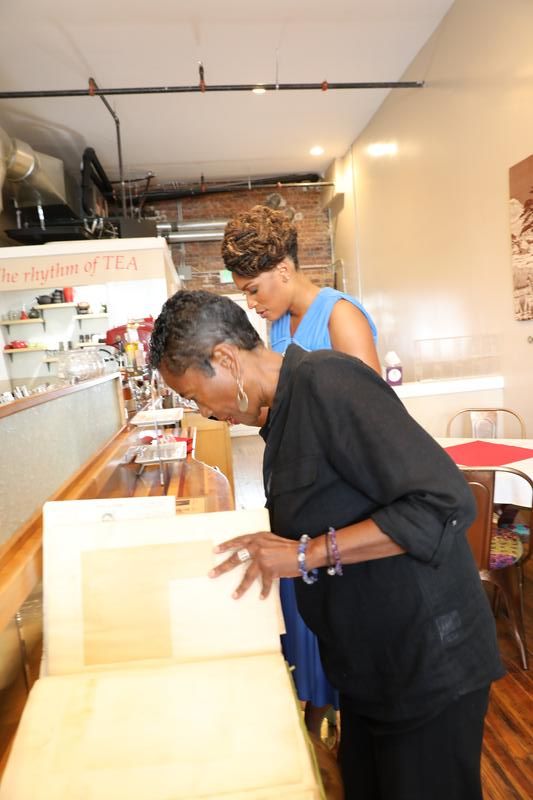
Source: National Geographic for Disney / Victoria Donfor
But the one thing that I like about the book that the app doesn’t have is I’m actually able to write when you get to a place what my experience has been. So I tell you, when I went to Iceland, unfortunately, somebody called me a monkey when I was walking down the street. And these are things for you to know. Or it tells you the last racial incident that has been reported was in 2019 where a Black Zimbabwean woman was assaulted. It tells you these things. But again, that can happen anywhere in the world where you are. We don’t want it to keep you from traveling because you still can travel, but that’s why you need resources like this. And there are more resources out there. I tell people all the time, if you go anywhere, look up on YouTube Black in that place. And also look up Facebook group resources. If you’re going to Australia and New Zealand, there’s brothers and sisters in Australia and New Zealand. There’s brothers and sisters of Kuwait. There’s brothers and sisters in South Korea. Look up those Facebook groups and ask people questions if you have any questions, or ask me. But there are resources out there to help us be safe no matter where we go.
Lastly, there was this tweet that went viral and I would just love to get your opinion on it. It read, “Don’t let the internet fool you. Solo traveling is low-key boring asf.”
dnt let the internet fool you, solo traveling is lowkey boring asf 😭✌🏿
— ? (@aliyahInterlude) February 22, 2023
You are well-traveled and I know you do solo travel. What are your thoughts on that, especially as the host of Black Travel Across America?
Yeah, I tell people all the time there’s nothing like solo travel. And the reason is because you get to learn yourself. Who am I in this different country when I can’t speak the language, I’m trying to navigate, I want to try the food, I have nobody to go out with? It makes you realize whether or not you’re comfortable with yourself. And if you’re not comfortable with yourself, that is a you problem that you have to fix. Because solo travel allows you to do that. It allows you to understand who you are and how to make critical decisions in the time of adversity. Are you friendly so that you meet somebody else? When you see another Black person, do you go up to them? Do your research first if there’s a group for women, like Black women in Amsterdam, the group that they have for Black women who are coming to Amsterdam, if you don’t know anybody, you can just go out with them.
So for me, solo trial has been so powerful because it’s allowed me to meet some of my greatest friends on earth today. And I say that Amsterdam Black Women group, because that’s exactly what I did. I was traveling solo to Amsterdam. I met a phenomenal woman named Lynee Green who was running Amsterdam Black Women and she is the person who introduced me to the Black Dutch community in Amsterdam, which I didn’t know Black people were there like they were. So if I didn’t go on that trip just because I was scared, because I was traveling solo, I would’ve never met her. I would’ve never been to Reggae Rita’s. I would’ve never went to Herstel, which is a Black-owned host in Amsterdam. I would’ve never taken Jennifer Tash’s Black Amsterdam tour where you learn that Black people built Amsterdam.
But this is because I did a solo trip. And I always tell people, “When you are on a solo trip, you get to hear yourself think.” And this is something that doesn’t happen often. We never think about how the fact that you cannot sit with your thoughts because you’re a parent or you have a significant other, you get to hear yourself think. You get to really, really be grateful for that time and space that you’re in. You don’t have no time constraints. You don’t have to meet up with nobody. You don’t have to go to breakfast, lunch, or dinner anytime. You can stay in a hotel room for a whole day and watch TV if you want to because you’re by yourself. So yes, solo travel isn’t boring unless you’re boring. So whoever wrote that must be boring.

